Originally Posted At: https://breakingmuscle.com/feed/rss
A trap barbell is a bar made with an opening or a gap that you can stand inside of with vertical handles. It’s called a trap bar because many lifters use it to perform shrugs, which work the trapezius muscles. However, it’s also great for lower body training and even other movements such as the deadlift or bent-over row for the upper back.
Most home gym owners may want to add a second top-rated barbell to their weight rooms, and the trap bar would be a great choice to go with. It can add a lot of variety and new challenges to your workouts. But which would be the best for your personal workout space? We did the research for you and have found the five best trap bars to choose from. All of these bars work with Olympic plates and have neutral grips, meaning you hold the handles at your sides with your palms facing each other. Look over each barbell carefully to determine which would be the best for you based on your training discipline and goals.
Our Top Picks for the Best Trap Bars
- Best Trap Bar Overall: REP Fitness Open Trap Bar
- Best Hex Trap Bar: Rogue TB-1 Trap Bar
- Best Luxury Trap Bar: Eleiko Öppen Bar
- Best Rackable Trap Bar: Titan Fitness Rackable Hex Trap Bar
- Best Trap Bar with Multiple Grips: Kabuki Strength Trap Bar HD
Best Trap Bar Overall: REP Fitness Open Trap Bar
Pros
- Works inside or outside of a squat rack
- Dual adjustable handles
- Open design
- High weight capacity
Cons
- Not very rigid
- Wider handles
- May not suit lifters with short arms
The REP Fitness Open Trap Bar checks off many boxes for dedicated fitness enthusiasts. It has an open end that you can walk into and comes with its own deadlift jack to make changing weights easier. The four removable handles offer a variety of grips to challenge your grip strength and forearms. The handles range from 23 inches to as wide as 27.6 inches, and they all have medium knurling.
Since there are multiple moving parts, the bar may not feel as solid while you’re using it. However, that doesn’t mean it will fall apart on you. It will serve you well. This one piece of equipment can be a game changer for strength training at home or in a commercial gym because it can add a lot of variety to your workouts.
Best Hex Trap Bar: Rogue TB-1 Trap Bar
Pros
- Rigid and durable
- Rackable
- Simple to use
Cons
- Not suitable for all collars
- Close-ended
- Unknown weight capacity
Enclosed trap bars are also called hex bars because of the hexagonal shape in the middle that you stand in. If you’re looking to maximize your training around deadlifts or squats, a trap bar like the Rogue Fitness TB-1 would be a great asset to have.
The TB-1 is also rackable, so you can perform exercises such as rack trap bar deadlifts or rack bent-over rows. Unlike open trap bars, you may not be able to do exercises such as lunges with this one because your legs may hit the front of the bar. It’s very rigid and solid, though, so don’t be afraid to load it up. It will hold a lot of weight. The knurled handles will provide adequate grip support for lifters of all levels. It can be a fantastic tool for powerlifting and strongman athletes as well as beginners who want a more budget-friendly trap bar.
Best Luxury Trap Bar: Eleiko Öppen Bar
Pros
- Can be used for squats
- Excellent knurling
- Bar stays balanced while loading or unloading
- Can be used for function training or general fitness
Cons
- Limited sleeve length
- High price
- No knurling on center
The Eleiko Öppen Bar has a high price point, but if you want to invest in high-quality equipment, it should be at the top of your list. This rackable bar allows you to perform exercises such as overhead press variations inside a power rack and lunges outside of it. You can even use it for squats so long as you’re comfortable with the thicker bar on your shoulders and the weight being positioned differently than a barbell.
This Olympic trap bar has a high weight capacity as well. The sleeves have a chrome finish for durability, and the built-in deadlift jack makes unloading plates easier during a hard training session.
Best Rackable Trap Bar: Titan Fitness Rackable Hex Trap Bar
Pros
- Very solid bar
- Comfortable knurling
- Easily fits in most racks
- Suitable for beginners
Cons
- Extra warranty comes at a cost
- Thicker handles
- Doesn’t come with a jack
A “rackable” bar is long enough that you could position it on the safety arms or J-hooks of a squat rack. This allows you to lift from different heights instead of only from the floor. If you want a trap bar that can go inside a rack, the Titan Fitness Rackable Hex Trap Bar is a great choice.
It will stay centered and balanced if you’re changing plates inside of a rack, and you can store it on your rack’s J-hooks. Most lifters will be able to load it up to its 800-pound capacity and train safely. It doesn’t have short sleeves, either, so you can fit a lot of plates on it. It will support both iron and bumper weight plates.
This rackable trap bar comes with just a one-year warranty, but Titan Fitness has a reputation for making products that last a long time. The handles don’t have aggressive knurling, so even beginners will be able to hold them comfortably.
It could also be on a best budget trap bar list. It may not be the cheapest option, but it’s far from the most expensive.
Best Trap Bar With Multiple Grips: Kabuki Strength Trap Bar HD
Pros
- Long sleeve length
- Able to choose handle distance
- Two months of Kabuki EDU+ included
- Very high weight capacity
Cons
- Feet may scratch floor
- Won’t work with standard J-cups in a rack
- Not suitable for all power rack exercises
The Kabuki Strength Trap Bar HD is a barbell that can be personalized to your specific training needs. Most trap bars have a gap of 25 inches between handles. With the Kabuki bar, you can choose the handles and brackets to set the width between the grips. The bar also has a very large weight capacity, so you can use it for very heavy rack deadlifts or traditional deadlifts off the floor. The built-in bar jack makes it easy to add or remove plates.
The semi-gloss powder coat finish gives it a sleek appearance. Whether you’re looking for home gym equipment or something for a commercial gym, this trap bar will last for a long time to come. As an added bonus, Kabuki offers access to their subscription service, Kabuki EDU+ so you can learn more about training and programming while you’re working to improve.
How We Chose the Best Trap Bars
We do extensive research on trap bars and have put several of them to use. We dive deep to find the best trap bar features and whether the bars can be used inside a rack. Between analyzing the specs, taking our experience with the bars into consideration, and perusing customer reviews, we gather all the information needed to determine which trap bars are the best of the best.
What Are the Benefits of Trap Bars?
Trap bars allow you to stand in the middle of the weight so it’s closer to your center of gravity, which can make it easier to lift. When performing a trap bar deadlift, the weight isn’t in front of you as it would be with a straight barbell. This can help beginners or those working around injuries because they can still train and improve with minimal risk.
Furthermore, they have vertical handles so you can hold them with more of an anatomically-friendly grip than a horizontal grip that may require internal rotation of the shoulders (which may lead to shoulder impingement). If the trap bar can fit inside a power rack, you can use it for even more exercises, such as rack pulls, overhead presses, and bent-over rows inside the rack. Trap bars can help you improve your athletic ability, get stronger, and build muscle, just as a straight bar can.
What To Look For When Buying a Trap Bar
The more versatile a trap bar can be, the better. The best trap bar can be used inside a squat rack and will support barbell Olympic plates. It should also be able to support heavy weights. Many will have raised handles to decrease the range of motion and allow you to potentially lift heavier. A trap hex bar is closed while other trap bars are open-ended, meaning you can step in and out of them easier, so you’ll need to consider which style you prefer. Obviously, you want to stay within your budget as well, so pay attention to the price tag.
Materials and Finish
A lot of trap bars consist of stainless steel, and they come with a black powder coat finish or have a chrome look to them. Either way, keep in mind that once you add plates to them, the finish on the sleeves may suffer wear and tear.
If you want your trap bar to look as good as it performs, taking care of it should be a priority. Brushing any chalk or sweat off it with a nylon- or brass-bristled brush at the end of your workout is a good idea.
Weight
It’s very hard to find a trap bar that weighs 45 pounds like a traditional Olympic weightlifting bar would. They will likely weigh more because of the extra material needed to make them. All the bars on this list weigh 55 to 70 pounds, but there are others on the market that weigh even more. Keep that in mind as you’re shopping, as you’ll want to choose a bar with a starting weight that you can handle.
Weight Capacity
It’s good to know the trap bar’s weight capacity and tensile strength (how much weight it can hold before it breaks). Most will have upwards of a 1,000-pound rating and a tensile strength of 190,000 PSI.
But just because the bar could hold 1,000 pounds doesn’t mean you can fit that much weight on it. The sleeve length and types of plates you use will be a factor as well. If you’re using thicker bumper plates, they will take up more space than traditional iron plates. Still, you should feel confident that the trap bar can hold whatever you put on it, which is why the tensile strength or weight rating matters.
Open vs. Closed Design
An open-ended trap bar is considered safer than a traditional closed design because you don’t have to worry about stepping over the bar at the end of a set and risk tripping. It’s a great feature to have, but it isn’t essential for a trap bar to be effective. The closed bar could also be better balanced, so you may feel more comfortable using them for farmer’s walks or bent-over rows. Consider your own priorities when choosing whether an open or closed bar would be better for your training.
Size
Most trap bars range from six and a half feet to over seven feet long. Shorter trap bars are easier to store, and they can keep the center of gravity closer to the body. But if they have shorter sleeves, you may not be able to use as much weight as you would with a longer bar. You will also need more space around you if you’re training with a trap bar inside. Consider your training space and where you would keep the bar when it’s not in use before hitting that order button.
If you don’t have much storage space, you may also want to consider a rackable trap bar like the Titan Fitness Rackable Hex Trap Bar. Being able to store it on your rack will help keep it out of the way when it’s not in use.
Price
A quality trap bar won’t be that cheap unless you can find it on a yard sale website. It can and will be a bigger investment than a straight barbell. You could find a quality trap bar for around $300, but some cost more than $800. You shouldn’t have to break the bank to get a good trap bar, but keep in mind that this will be a long-term investment. You’d rather buy once than have to reorder something because it broke down on you.
Warranty
Trap bars are no different than any other form of fitness equipment. Something may go wrong and you need to return the bar. The top companies will offer long construction warranties, meaning that if something goes wrong while you’re using the trap bar as intended, the manufacturer will replace it. Pay attention to the details of the warranty so you’re fully educated on what you’re buying. If a company offers longer warranties for an additional cost, consider that before placing the final purchase order.
Knurling
The knurling is the rough portion of the handle that you hold on to, and it helps support your grip. Beginners may not want very aggressive knurling, while advanced trainees may want moderate to aggressive knurling. If hand care is a priority, you want less aggressive knurling, or you should consider using lifting straps or gloves. If you want to work on your grip, consider how sharp the knurling on the handles is, as well as if the knurling is on all handles. Some trap bars with two or three handles only have knurling on one set of handles.
Handle Height
Trap bars with multiple handles may help you lift more weight because they provide a shorter range of motion. The lower handle will be the same height as a traditional straight bar, and the higher handle will also be anywhere from two to five inches higher. Some trap bars also have three handles that allow tall and/or long-limbed lifters to deadlift from a position that suits their body proportions.
Grip Diameter
Some trap bars also have adjustable handles that vary in diameter. They will range from 28 millimeters to as much as 32 millimeters. The thicker the handle, the more your grip will become a factor. They can help with forearm development, but they also may impact the weight you can lift. If you want to minimize grip impact, go with the thinner handles.
Final Thoughts
The straight barbell is the foundation for any home gym, but a trap bar is a great specialty bar and would make for a terrific second bar. Even though it’s most famous as a substitute for the straight bar deadlift, you can use it to train multiple muscle groups effectively. If you can place it inside a rack, it makes the barbell even more valuable.
Any of the six trap bars above will add a lot of variety and challenges to your training, which can help make you a better athlete, improve your personal fitness, and achieve your goals.
FAQs
A good trap bar option for beginners is the Titan Fitness Rackable Hex Trap Bar. It’s not super expensive, and it doesn’t have aggressive knurling that may be uncomfortable for new lifters. Whicher trap barbell you choose, look for one with a high weight capacity. You would rather have one bar that will serve you while you advance in training instead of having to buy a second trap bar later on.
Trap bars can help center the weight so you don’t have the weight in front of you like you would with a traditional barbell. They are very effective at helping you get stronger, build muscle, and improve overall fitness. Trap bars are also helpful for deadlifting without placing excess strain on the lower back.
A hex bar is a type of trap bar, but it’s enclosed and has a hexagonal shape. That means you have to step over part of the barbell to stand inside the hexagon. Other trap bars are open-ended, meaning you can step inside or outside of it with a normal step.
The best width for a trap bar depends on your body proportions, but you should be able to reach down and grab the bar without having to spread your arms too far apart. Most bars have fixed handles, but others, such as the Kabuki Strength Trap Bar HD, allow you to choose the width you prefer. Most trainees will need a bar that allows them to keep their arms close to their sides while grabbing the handles.
Most lifters will prefer an open trap bar to use for exercises such as farmer’s walks and lunges, and because many have a built-in deadlift jack that allows them to change the weights easier. A lifter who wants to save money or start training with a trap bar for the first time may be more comfortable with the closed trap bar.
The post Best Trap Bars With Open Designs, Multiple Grips, and More appeared first on Breaking Muscle.

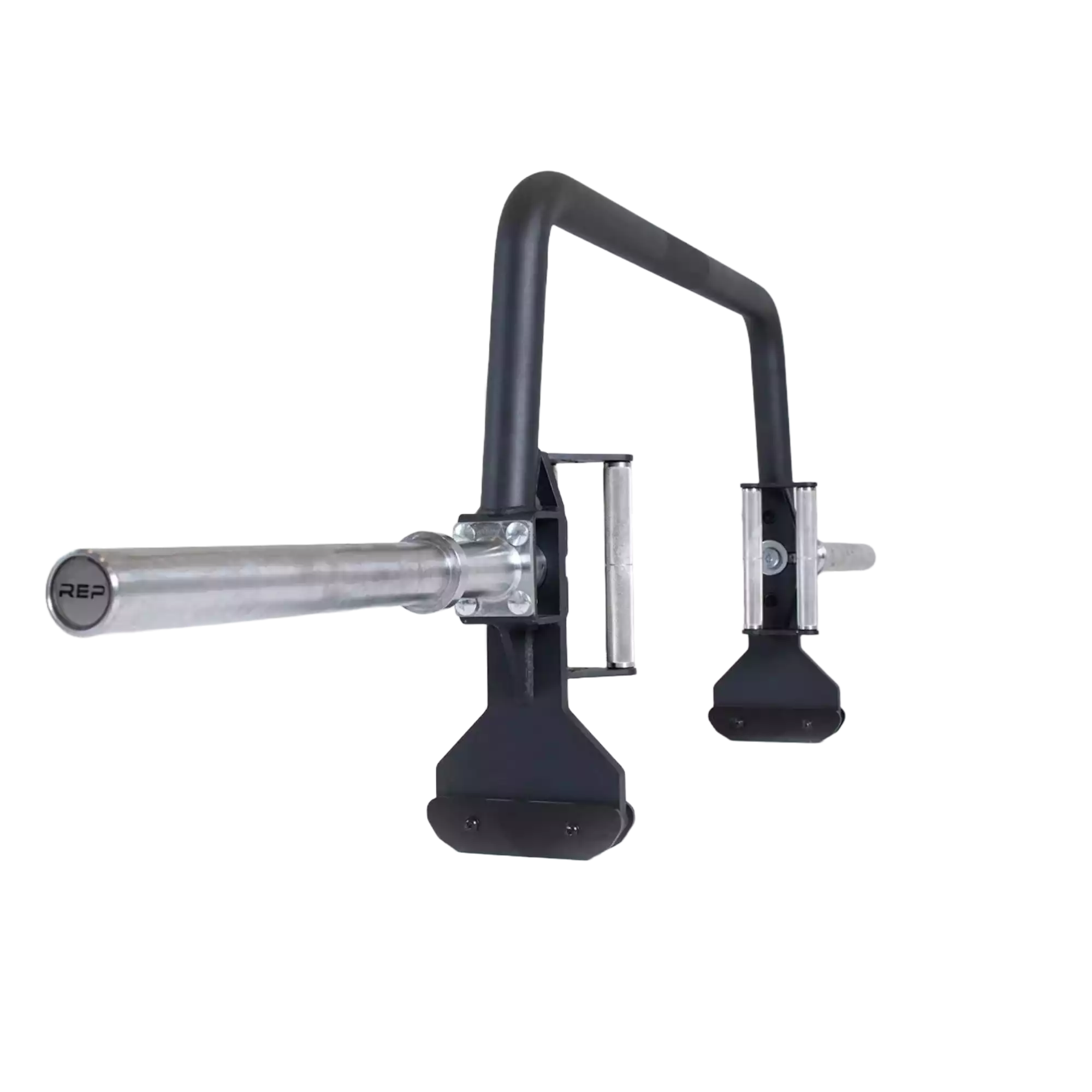
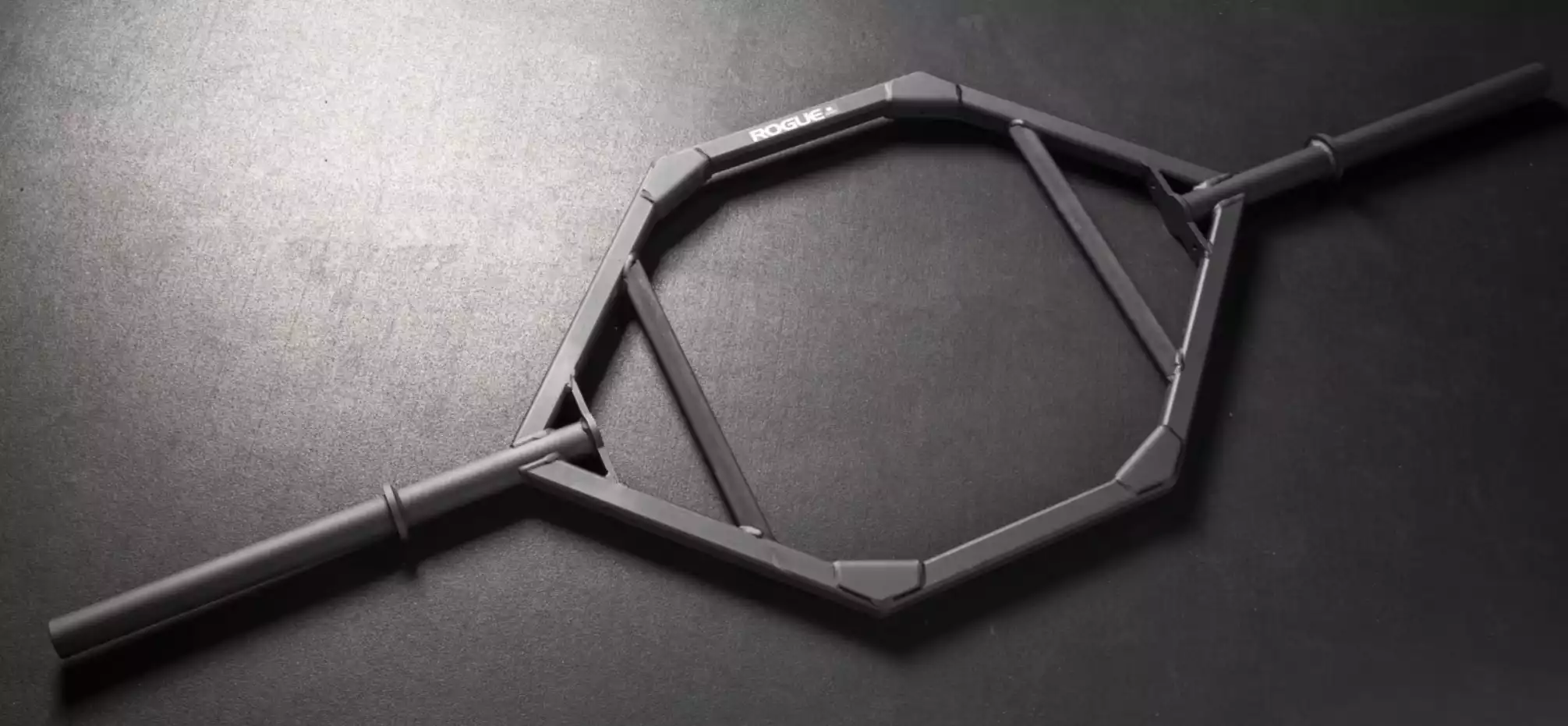
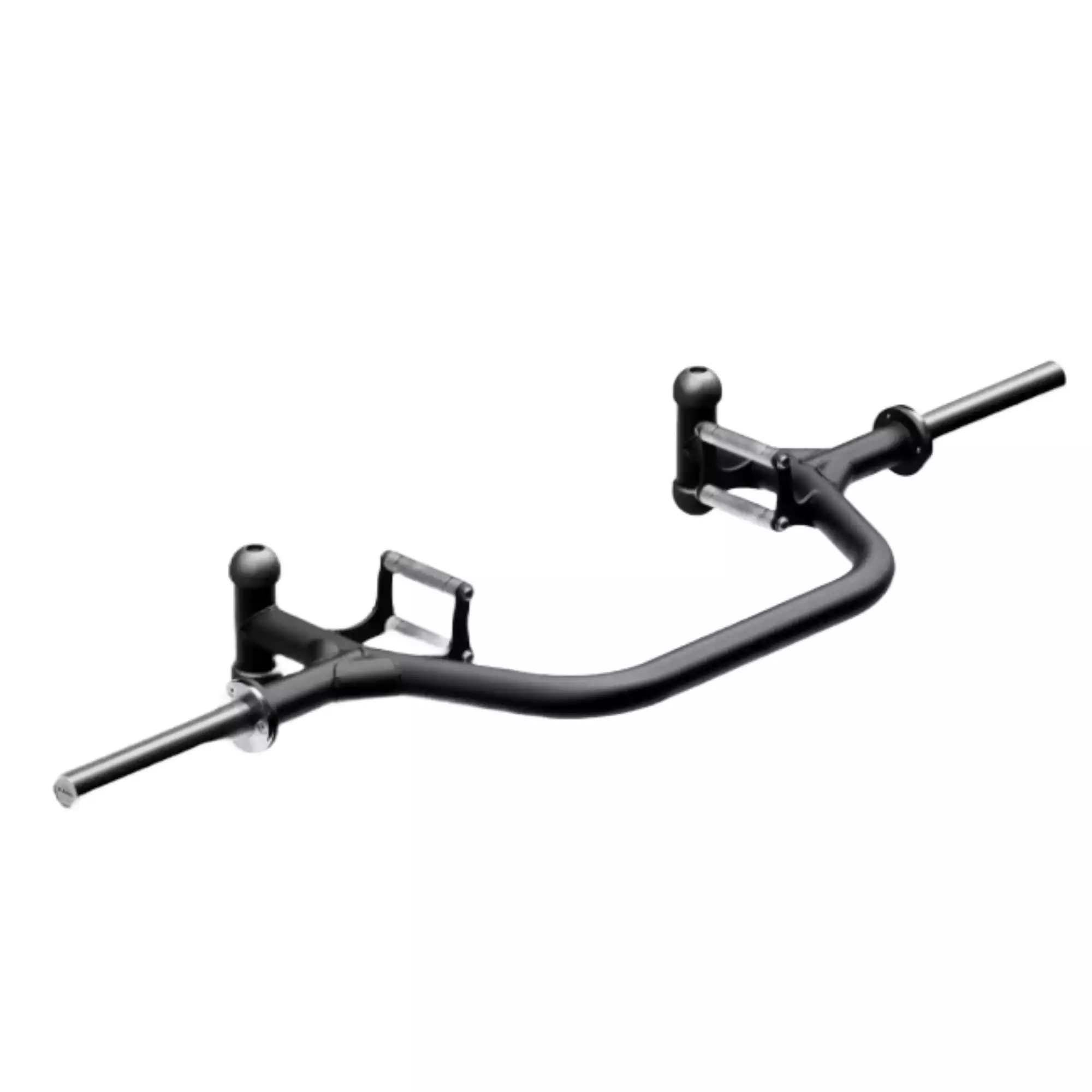
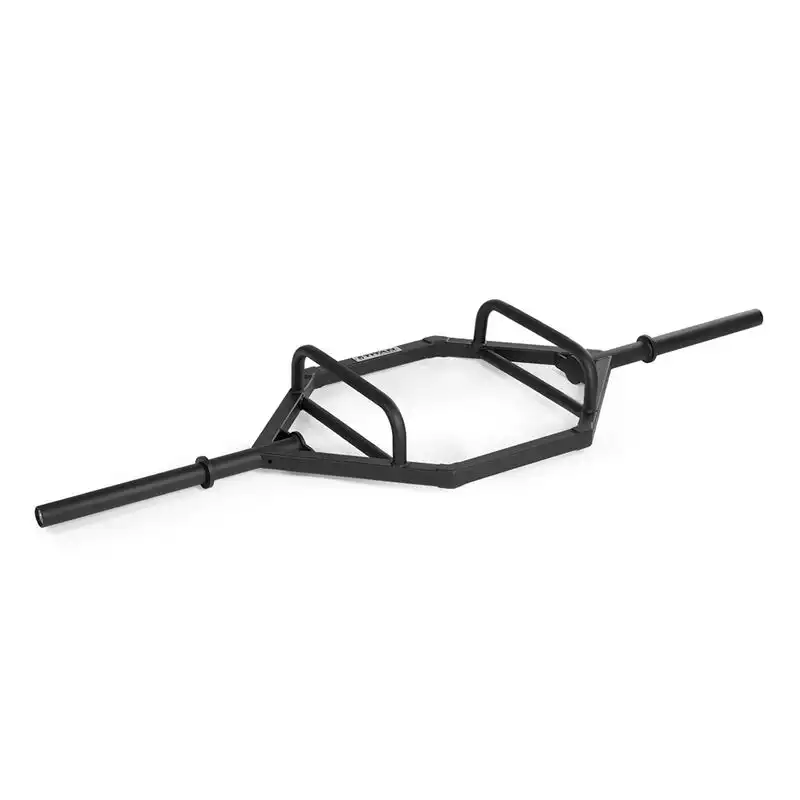
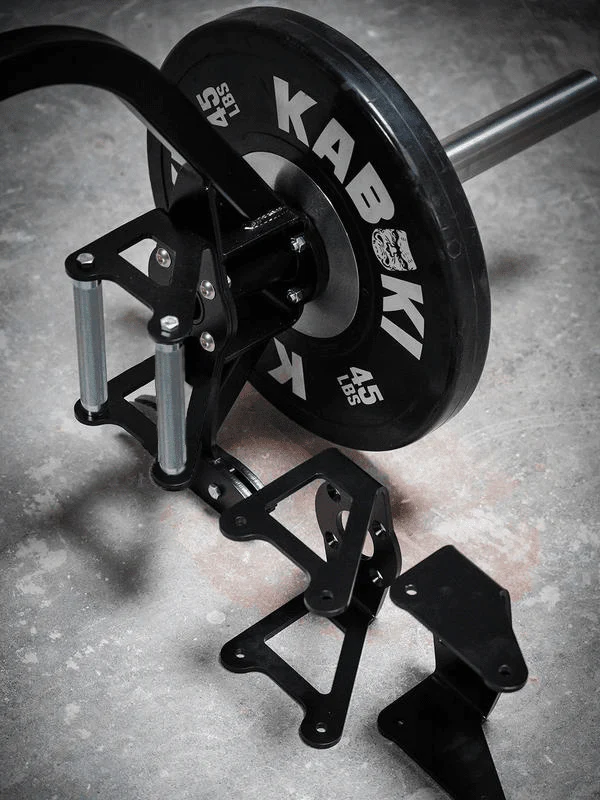
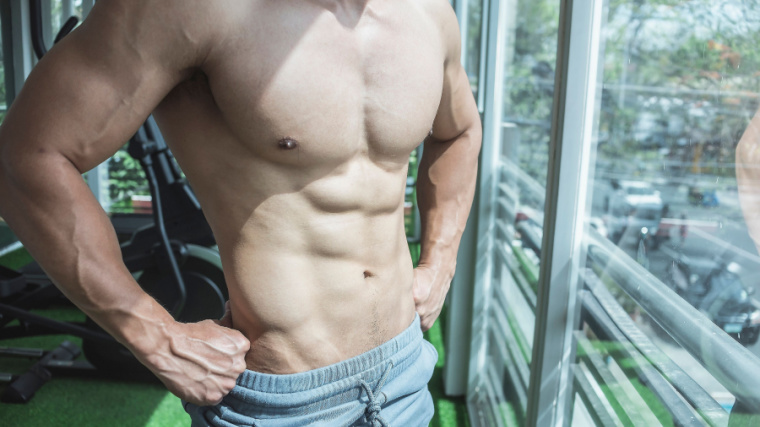
 (@evan_trex_strongman)
(@evan_trex_strongman) Take a quick look around and you’ll see bodies everywhere—in most venues, across all ages—staring fixedly at a smartphone (to notice this, you might need to stop looking at your own phone for a minute). Not only are people’s eyes fixed on the screen, it’s like their entire body is being bent and pulled down towards these tiny black holes we call our “phones” (but which are more often used as multimedia entertainment devices).
Take a quick look around and you’ll see bodies everywhere—in most venues, across all ages—staring fixedly at a smartphone (to notice this, you might need to stop looking at your own phone for a minute). Not only are people’s eyes fixed on the screen, it’s like their entire body is being bent and pulled down towards these tiny black holes we call our “phones” (but which are more often used as multimedia entertainment devices).




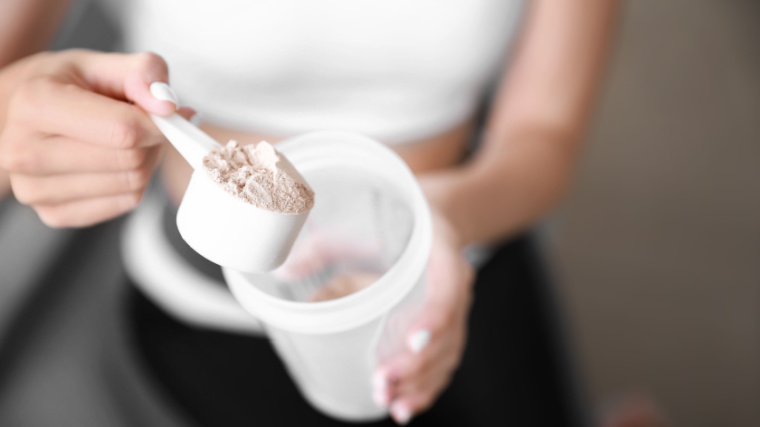
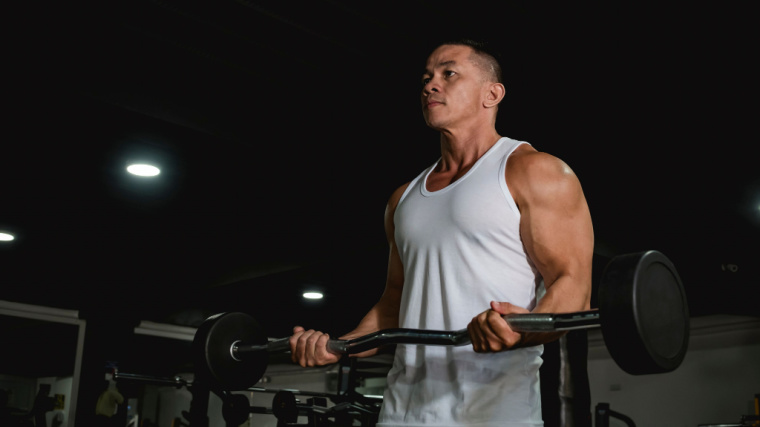
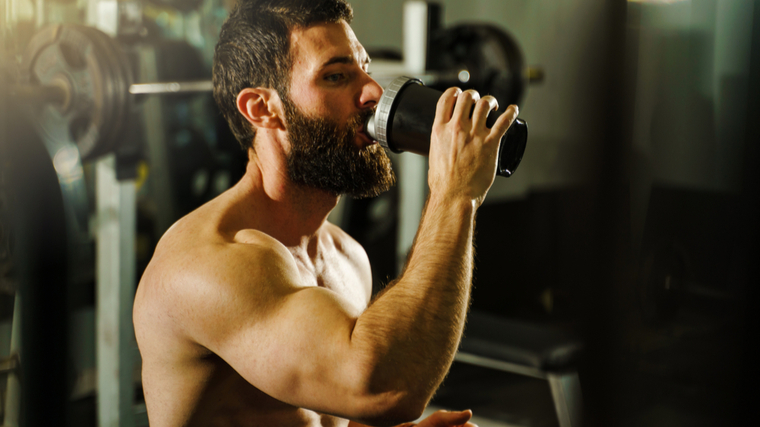

 Powerlifter (@deniseherber_)
Powerlifter (@deniseherber_) For now classes are 6pm and 640pm at 2840 Wildwood st in the Boise Cloggers studio.
Book your class NOW!
click this ==>
For now classes are 6pm and 640pm at 2840 Wildwood st in the Boise Cloggers studio.
Book your class NOW!
click this ==>








